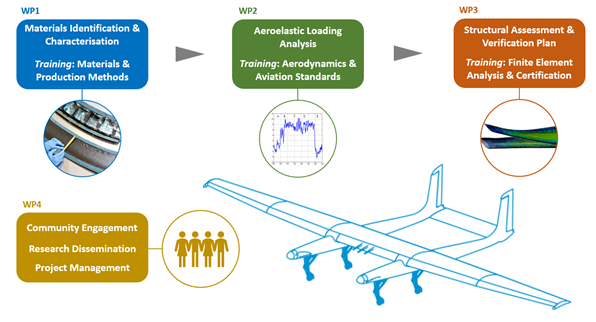-
Courses

Courses
Choosing a course is one of the most important decisions you'll ever make! View our courses and see what our students and lecturers have to say about the courses you are interested in at the links below.
-
University Life

University Life
Each year more than 4,000 choose University of Galway as their University of choice. Find out what life at University of Galway is all about here.
-
About University of Galway

About University of Galway
Since 1845, University of Galway has been sharing the highest quality teaching and research with Ireland and the world. Find out what makes our University so special – from our distinguished history to the latest news and campus developments.
-
Colleges & Schools

Colleges & Schools
University of Galway has earned international recognition as a research-led university with a commitment to top quality teaching across a range of key areas of expertise.
-
Research & Innovation

Research & Innovation
University of Galway’s vibrant research community take on some of the most pressing challenges of our times.
-
Business & Industry

Guiding Breakthrough Research at University of Galway
We explore and facilitate commercial opportunities for the research community at University of Galway, as well as facilitating industry partnership.
-
Alumni & Friends

Alumni & Friends
There are 128,000 University of Galway alumni worldwide. Stay connected to your alumni community! Join our social networks and update your details online.
-
Community Engagement

Community Engagement
At University of Galway, we believe that the best learning takes place when you apply what you learn in a real world context. That's why many of our courses include work placements or community projects.
AmpyxPower
Material Characterisation and Loading Analysis for the Ampyx Power Airborne Wind Energy System
Funded by:
Science Foundation Ireland (SFI) Industry Fellowship Programme
Partners:
NUI Galway, Ampyx Power
Description:
Airborne wind energy is an innovative and elegant solution to the world’s growing energy needs. The Ampyx Power system uses unmanned aircraft to fly at heights where the winds are stronger and more consistent. But this novel solution faces unique engineering challenges, such as designing the airframe structure using low-cost materials that can withstand extreme and varying forces. This project will analyse the effects of these forces on the aircraft wing and identify the materials and production methods needed for the next generation of airborne wind energy systems.
Objectives:
This project will apply advanced engineering analysis methods to support the technical development of the Ampyx Power airborne wind energy system (AWES). The differences in operation between AWES and traditional aircraft are significant, creating unique challenges in identifying suitable and affordable materials and production methods. Reducing the levelized cost of energy for AWES to be competitive with traditional wind turbines will require an integrated materials-manufacturing-design approach.
The potential for cost reduction of the wing structure will be assessed through characterisation of materials not yet considered for aviation along with numerical modelling of the manufacturing process. The project will investigate the design requirements, such as material safety factors, from a structural verification and certification perspective.
The effects of aerodynamic flutter on the wing structure are also of concern, posing a potential obstacle to the efficient scale-up of the device to multi-megawatt size. Aeroelastic analysis of the wing structure will be conducted to determine the conditions for the onset of flutter in a 1 MW system.
Stakeholder engagement will also be conducted to build upon the technical advances of the project in future business development. Funding opportunities will be assessed, followed by engagement with parties in the aviation and composites manufacturing sectors to advance the manufacture of the composite AWES through the technology readiness levels.
Outcomes:
• Python-based manufacturing cost model
• Aeroelastic analysis of flutter of an AWES
• Composite material development and structural testing plan
• Recommendations for a cost-effective manufacturing strategy for an AWES wing
• Stakeholder engagement for manufacturing of airborne wind energy systems
Training:
• Aviation systems design and analysis
• Wind energy systems design and development
• Design and manufacturng using fibre-reinforced composite materials
• Technology development and commercialisation
















